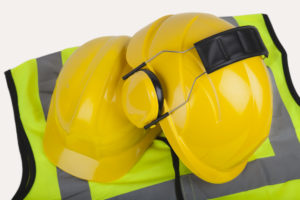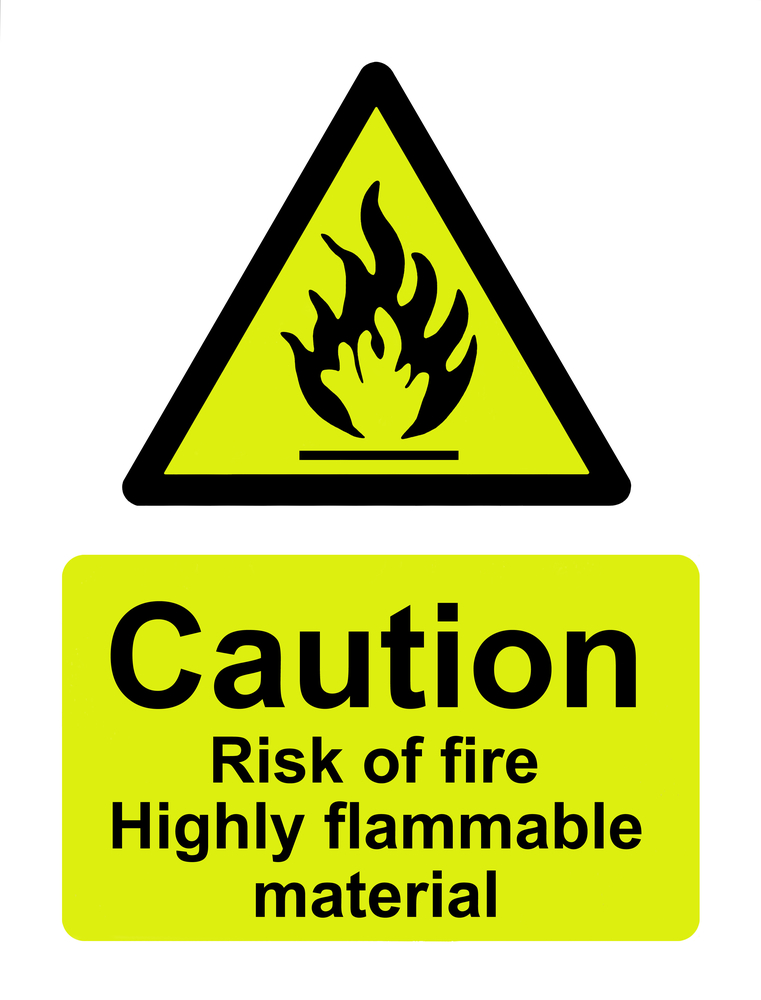
You need control measures that work and continue to work – all day, every day. The HSE states the following control measures in order of priority:
- Eliminate the use of a harmful product or substance and use a safer one.
- Examine the Safety data sheets under COSHH
- Use a safer form of the product, e.g. paste rather than powder.
- Change the process to emit less of the substance.
- Enclose the process so that the product does not escape.
- Extract emissions of the substance near the source.
- Have as few workers in harm’s way as possible.
- Provide personal protective equipment (PPE) such as gloves, coveralls, and respirators. PPE must fit the wearer.
Control equipment comes in many forms. It includes ventilation to extract dust, mist and fume; glove boxes and fume cupboards; spray booths and refuges (clean rooms in dirty work areas). It also includes using water to reduce dust and systems for disinfecting cooling water.
For control equipment, your supplier should provide a ‘user manual’. If you don’t have one, ask for it. If this is impossible, you may need professional help to write one. The user manual should schedule checks, maintenance and parts replacement.
Once you have got control, you need to keep it. Employers must ensure that the control measures, including the equipment and the way of working, are working properly. You should name someone to be in charge of checking and maintaining control measures. It could be you or someone you appoint, as long as they know what they need to do and are able to do it. Two of the most common control measures where maintenance is critical are local exhaust ventilation (LEV) and PPE – personal protective equipment.

